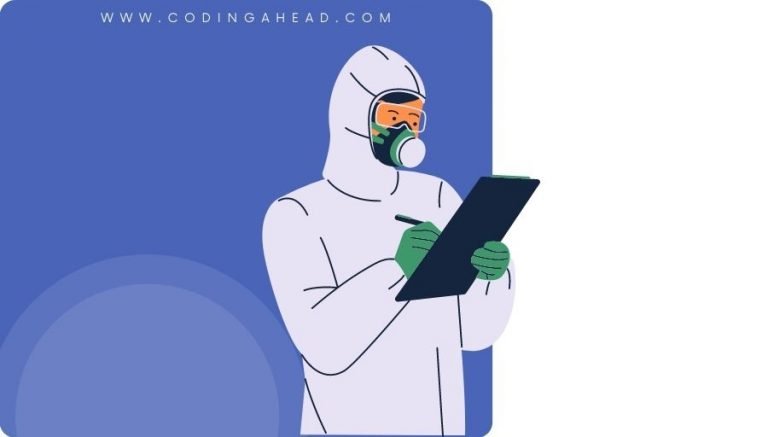How To Use CPT Code 49999
CPT 49999 describes a procedure performed on the peritoneum and omentum in the abdomen that does not have a specific code. This article will cover the description, official description, procedure, qualifying circumstances, appropriate usage, documentation requirements, billing guidelines, historical information and billing examples.
1. What is CPT Code 49999?
CPT 49999 can be used to report procedures performed on the peritoneum and omentum in the abdomen that do not have a specific code. This code is used when there is no other available code that accurately represents the procedure performed by the healthcare provider.
2. Official Description
The official description of CPT code 49999 is: ‘Unlisted procedure, abdomen, peritoneum and omentum.’
3. Procedure
- The healthcare provider performs a procedure on the peritoneum and omentum in the abdomen that is not represented by any of the standard and active CPT codes available.
- The procedure may involve the manipulation, repair, or removal of tissues in the peritoneum and omentum.
- The healthcare provider follows the necessary steps and techniques to perform the procedure safely and effectively.
- The procedure may be performed using minimally invasive techniques, such as laparoscopy, or through open surgery, depending on the specific needs of the patient.
- The healthcare provider ensures that the procedure is documented accurately and thoroughly for billing and reimbursement purposes.
4. Qualifying circumstances
CPT 49999 is used when there is no specific code available to accurately represent the procedure performed on the peritoneum and omentum in the abdomen. This may occur when the procedure is unique or uncommon, and there is no established code for it. The healthcare provider must ensure that the procedure meets the criteria for an unlisted procedure and that there is no other appropriate code available.
5. When to use CPT code 49999
CPT code 49999 should be used when there is no other specific code available to accurately represent the procedure performed on the peritoneum and omentum in the abdomen. It is important to note that CPT guidelines instruct healthcare providers not to choose a code that merely approximates the service provided. If there is a Category III code available that represents the procedure, it should be used instead of CPT 49999.
6. Documentation requirements
To support a claim for CPT 49999, the healthcare provider must ensure that the documentation includes the following information:
- A detailed description of the procedure performed on the peritoneum and omentum
- The reason for choosing CPT 49999 instead of a defined, active code
- Comparison to similar codes, if available, to justify the claim amount
- Operative notes or other relevant documentation to strengthen the claim and avoid a possible denial
7. Billing guidelines
When billing for CPT 49999, the healthcare provider should ensure that there is no other specific code available to accurately represent the procedure performed on the peritoneum and omentum in the abdomen. A cover letter explaining the reason for choosing CPT 49999 instead of a defined, active code should be included. The documentation provided should justify the claim amount and include operative notes or other relevant documentation to support the claim. Payers will consider claims with unlisted procedure codes on a case-by-case basis and determine payment based on the documentation provided.
8. Historical information
CPT 49999 was added to the Current Procedural Terminology system on January 1, 1990. There have been no updates to the code since its addition.
9. Examples
- A healthcare provider performs a unique procedure on the peritoneum and omentum in the abdomen that does not have a specific code available.
- A patient requires a specialized surgical intervention on the peritoneum and omentum, and there is no established code for the procedure.
- A healthcare provider performs a complex repair on the peritoneum and omentum that does not fit into any existing code category.
- A patient undergoes a minimally invasive procedure on the peritoneum and omentum, and there is no specific code for this particular technique.
- A healthcare provider performs a procedure on the peritoneum and omentum using innovative technology, and there is no established code for this approach.
- A patient requires a revision surgery on the peritoneum and omentum, and there is no specific code available to accurately represent the procedure.
- A healthcare provider performs a procedure on the peritoneum and omentum that is unique to the patient’s specific condition, and there is no established code for this particular scenario.
- A patient undergoes an exploratory procedure on the peritoneum and omentum, and there is no specific code available to accurately represent the complexity of the procedure.
- A healthcare provider performs a procedure on the peritoneum and omentum that involves the removal of abnormal tissues, and there is no established code for this specific type of excision.
- A patient requires a specialized intervention on the peritoneum and omentum due to a rare condition, and there is no specific code available to accurately represent the procedure.


